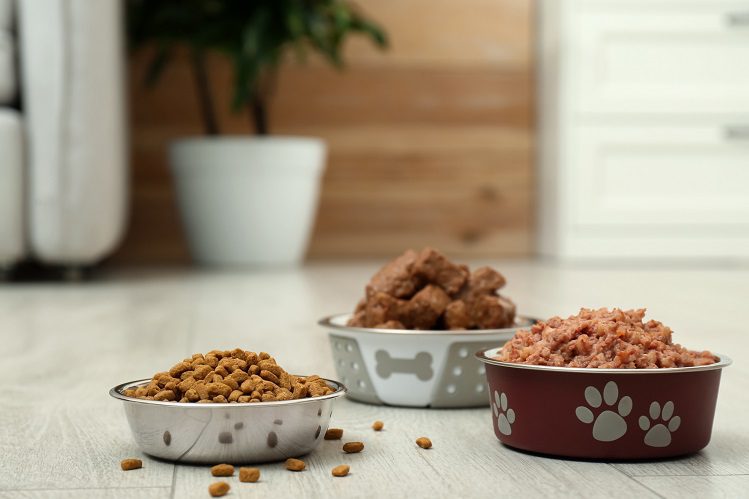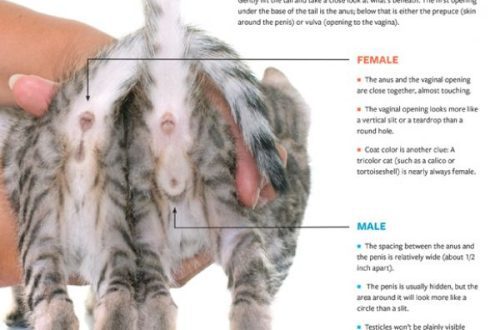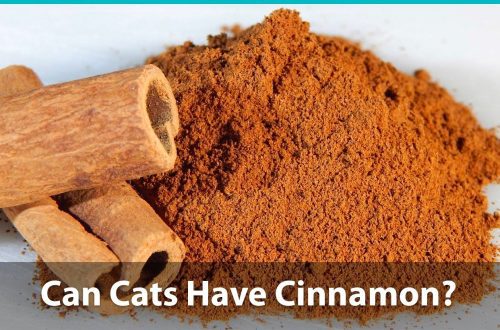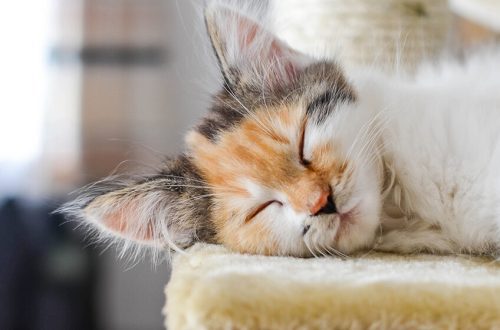
What to feed cats and dogs in spring
Do I need to change the diet of cats and dogs in the spring? Commented by a veterinary nutritionist.
Should the diet of dogs and cats change in the spring? Do pets need additional vitamins to avoid beriberi and weaken the immune system?
Ekaterina Nigova, a veterinary nutritionist and teacher of dietology courses at the KVS OC, talks about the “spring diet” of dogs and cats.
Spring vitamin deficiency is a topic that often pops up in matters of human health. But will it be just as important for our pets?
Of course, the diet of dogs and cats should not be characterized by vitamin deficiency. But do not forget that we are very different in needs and type of food.
In humans, seasonal beriberi is most often associated with a deficiency of vitamin D, a vitamin that is produced in the skin by exposure to sunlight from provitamins (which we can get from food). In winter, in our band, the sun and ultraviolet are not enough, and we experience hypovitaminosis, that is, a lack of this vitamin. Vitamin D is fat soluble and can be stored. But by early spring, its reserves usually have time to deplete, and the sun is still not enough to provide our needs.
In cats and dogs, everything is simpler and more interesting. They practically do not synthesize vitamin D in the skin, whether in the sun or not. Therefore, it must come to them with food – in the form of cholecalciferol, that is, the form of the vitamin that is found in animal sources. In this case, there is no dependence on the season of the year; the vitamin should be in food all year round.
In the study Seasonal vitamin D status of Greyhounds in Sydney (J Laing, R Malik, DI Wigney, DR Fraser, 2008), no seasonal relationship was found in plasma vitamin D concentrations in Greyhounds and their crossbreeds.
If our pets’ diet is really complete and meets their needs, we have no reason to change it in the spring. In other seasons, cats and dogs need vitamins and trace elements in the same way as in spring.
It is not recommended to add vitamin and mineral supplements to complete feeds in the spring: professional feeds already have all the necessary nutrients. By adding vitamins in addition, instead of benefiting, we risk getting harm due to an excess of nutrients. Vitamin D hypervitaminosis is even more severe than hypovitaminosis, and some of these changes are irreversible (for example, soft tissue mineralization may occur). Therefore, if the diet is balanced and suitable for your pet, it is better not to change it. But increasing the time of walking in the fresh air will benefit your health and please your pet!

If the pet’s diet is not balanced, in the spring, the risk of weakened immunity and exacerbation of chronic diseases, hypovitaminosis (lack of vitamins and minerals), skin and coat problems increases. Make sure your pet has the right diet
Are you worried about beriberi in a cat or dog? Make sure your diet is correct. If you prepare food for your pet on your own, be sure to consult with a veterinary nutritionist: is the diet balanced, what vitamins should the pet take in addition?
If you give your pet professional food, he does not need additional vitamin and mineral complexes. The food already contains all the nutrients that a cat or dog needs throughout the year, regardless of the season. But feeds are different, and the choice of a particular brand is best agreed with a veterinarian.
Recall the basic rules for choosing ready-made food for dogs and cats:
The food must be complete, as indicated on the label. Such food can be used as the main food and other products are not required for the pet.
Food should be appropriate for the age and type of pet. The needs of kittens and puppies are very different from the needs of adult animals, the needs of cats are different from the needs of dogs. Choose the line that best suits your pet’s needs.
All components of the composition must be clearly spelled out. You must see exactly what kind of meat and in what percentage was used in production.
The pet should eat the recommended portion. No matter how good the food is, if the pet eats only half of what is recommended by the manufacturer, he will have a nutritional deficiency. Be sure to weigh the feed and check if the amount corresponds to that indicated in the feeding table.
If you combine dry and wet food in the same diet, it is better to choose food from the same brand. They are similar in composition, are combined with each other and the recommended proportions for mixing are indicated on the label. It is important that these foods are from the same line and have the same name.
Do not change food unnecessarily. Any change in diet is stressful for the body. They must be approved by a veterinarian.
If you have questions about your pet’s diet, be sure to discuss them with your veterinary nutritionist. It will help you adjust your diet or relieve your worries, allowing you to meet spring happily together with your pet.





